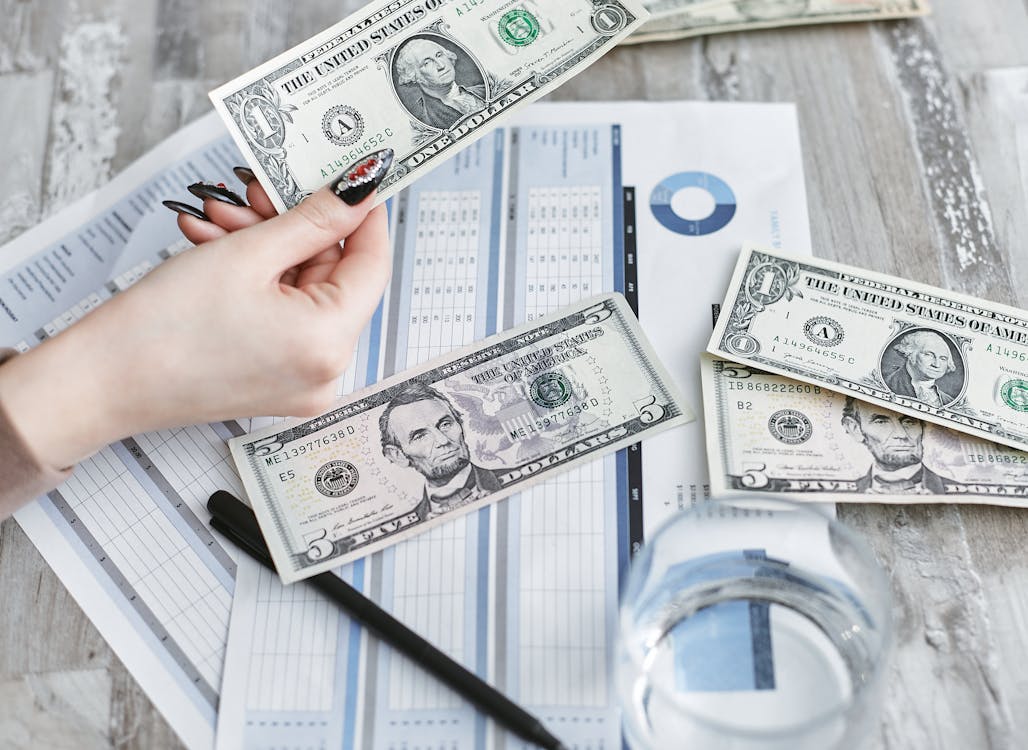American currency is a fascinating blend of history, artistry, and value. While most people think of money as simply a means to buy goods and services, collectors view it as a treasure trove of rare bills and coins, particularly quarters. This article explores the rarity found in American currency, focusing on the factors that contribute to the value of rare bills and quarters.
The Evolution of American Currency
The United States dollar has undergone significant changes since its introduction in 1792. Initially defined under a bimetallic standard, the dollar has evolved into a fiat currency, with its value determined by government regulation rather than physical commodities like gold or silver. Today, U.S. currency includes both paper bills and coins, each with unique characteristics that can affect their rarity and value.
The Role of Mint Marks
Mint marks are crucial in determining the rarity of coins, including quarters. They indicate where a coin was produced—primarily at the Philadelphia, Denver, or San Francisco mints. Coins without mint marks are typically from Philadelphia, while those marked “D” or “S” are from Denver and San Francisco, respectively. Understanding mint marks helps collectors identify rarer coins that may be worth more than their face value.
Factors Contributing to Rarity
1. Minting Errors
Minting errors can create some of the most sought-after coins in circulation. For example, errors such as double dies (where the design is stamped twice) or off-center strikes can significantly increase a coin’s value. Collectors often pay a premium for these unique pieces due to their limited availability.
2. Limited Production Runs
Certain bills and coins have been produced in limited quantities, making them rarer than others. For instance, specific state quarters from the 50 State Quarters program launched in 1999 have become highly collectible due to their unique designs and limited production runs.
3. Unique Features
Some bills and quarters possess unique features that enhance their desirability among collectors. For example, the 2004-D Wisconsin extra leaf quarter is notable for its additional leaf on the corn stalk design, making it a coveted item in the collector’s market.
Notable Rare Bills
While quarters often capture collectors’ attention, rare bills also hold significant value. Here are some notable examples:
1. 1861 $10 Demand Note
This bill features President Abraham Lincoln and is one of the first $10 notes issued in the U.S. A specimen with a serial number “1” sold for over $381,875, highlighting its historical significance.
2. 1878 Triple Signature $10 Silver Certificate
Only four of these certificates are known to exist, making them extremely rare and valued at around $312,000.
3. 1915 $10 Federal Reserve Note
With only 29 examples known, this note can sell for over $126,000 if well-preserved.
The Allure of Rare Quarters
Quarters have gained popularity among collectors due to their accessibility and potential value. Some rare quarters worth noting include:
- 1932-S Washington Quarter: Known for its low mintage and high demand.
- 1976-D Bicentennial Quarter without Mint Mark: Extremely rare and valued up to $55,000.
- 2004-D Wisconsin Extra Leaf Quarter: A popular error coin that can fetch significant prices.
How to Identify Rare Currency
To determine if you have valuable currency in your collection:
- Examine Mint Marks: Check for mint marks on coins.
- Look for Errors: Inspect for any noticeable minting errors.
- Research Values: Use reputable resources like price guides or consult with professional appraisers.
Conclusion
Understanding the rarity in American currency—from bills to quarters—opens up a world of possibilities for collectors. Whether you’re sifting through your pocket change or exploring local coin shops, being aware of what makes certain pieces valuable can lead you to discover hidden treasures worth far more than their face value.As you embark on your journey through American currency collecting, keep an eye out for those rare bills and quarters; they could be your ticket to owning a piece of history!

I’m passionate writer and digital content creator with a background in journalism. With a keen interest in exploring a wide range of topics—from technology to lifestyle and beyond—I bring fresh insights and thought-provoking commentary to the readers of Idegg.org. My curiosity and love for storytelling makes me a perfect fit for sharing the diverse, ever-evolving content the blog is known for.

